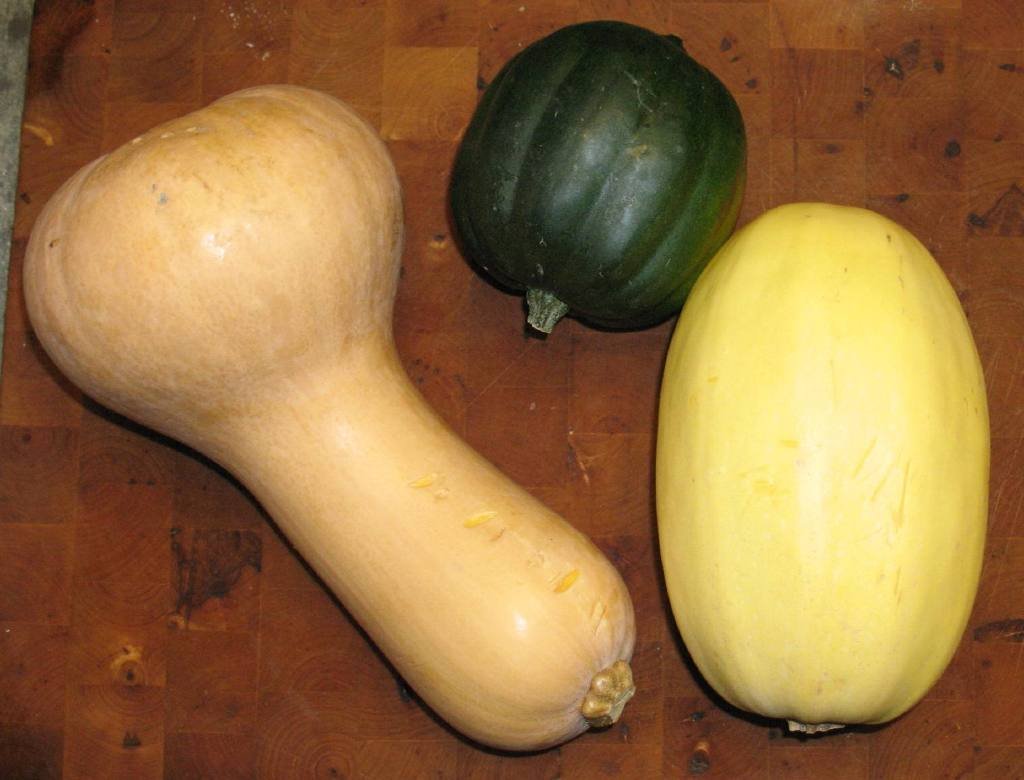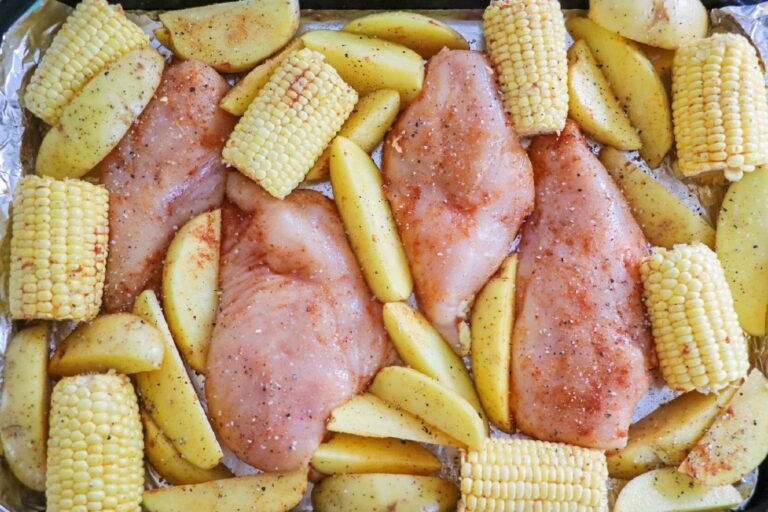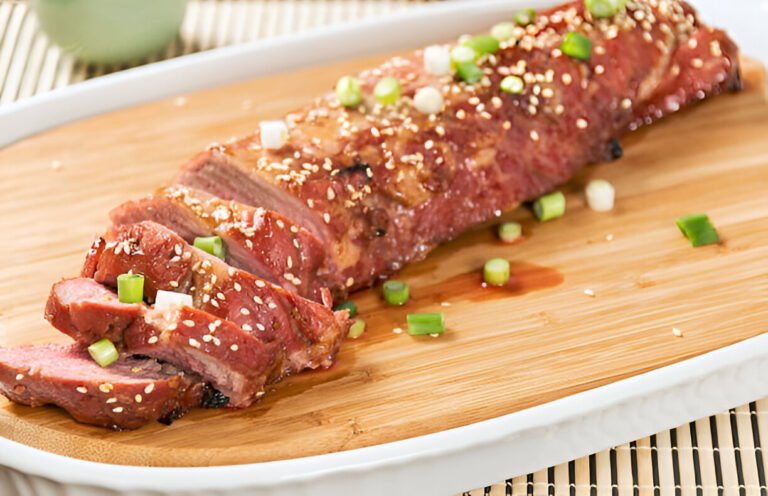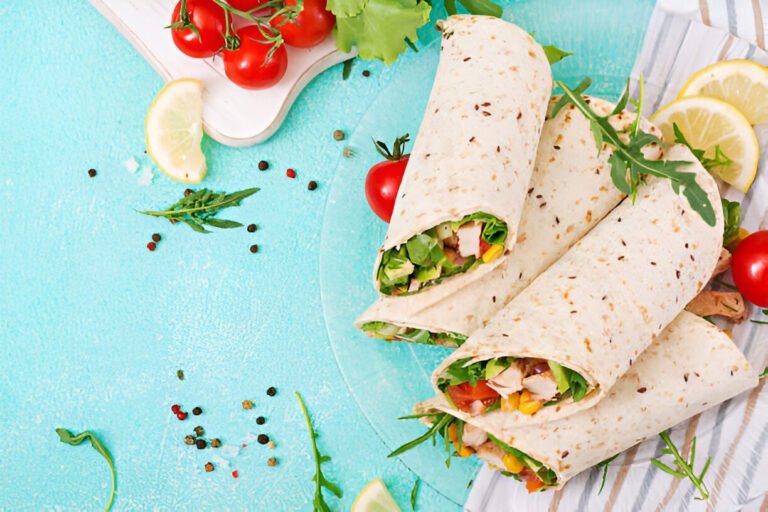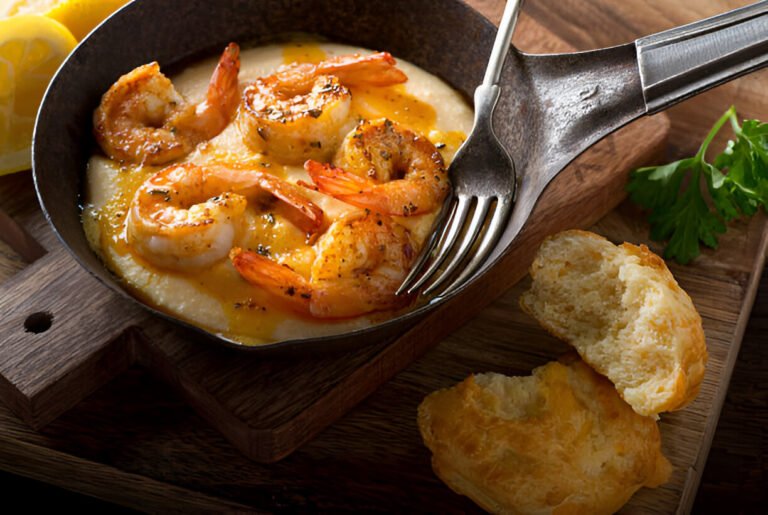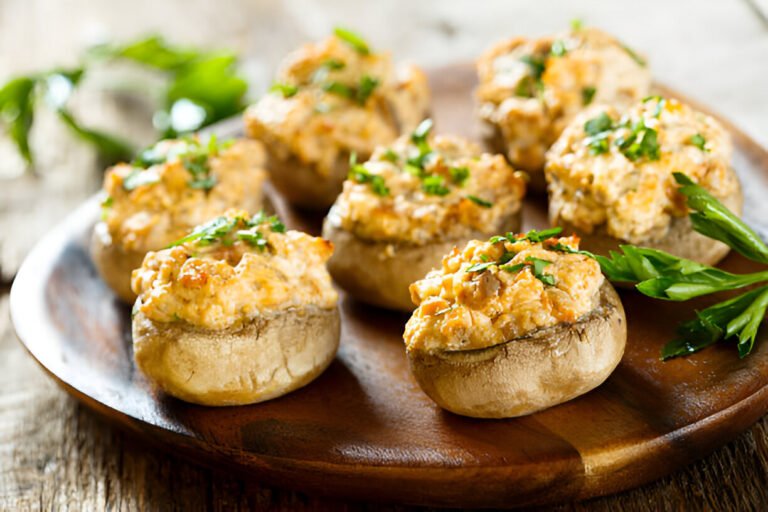Winter Squash vs. Summer Squash: What Are the Differences?
On one such day, I found myself lingering by a display of squashes—winter squashes with their sturdy, knobby skins and summer squashes, sleek and tender, almost calling out for a light sauté. Their names hinted at different seasons, but I couldn’t help but wonder: how do these squashes really differ in the kitchen?
And that’s the real question, isn’t it? What sets a winter squash apart from its summer cousin, aside from the time of year they thrive? Is it all about texture, taste, or how we use them in recipes? If you’ve ever struggled to decide whether to roast a butternut squash or spiralize a zucchini, you’re not alone.
There’s a fascinating story behind each variety, and understanding the differences could open up a whole new world of cooking inspiration.
After reading this post, you’ll know what distinguishes winter squash from summer squash and how to use their unique flavors and textures in your kitchen. Whether you’re a seasoned cook or just exploring the joy of fresh produce, this guide will help you unlock the delicious potential of these versatile vegetables. Let’s dig in!
What’s the Main Difference Between Summer Squash & Winter Squash?
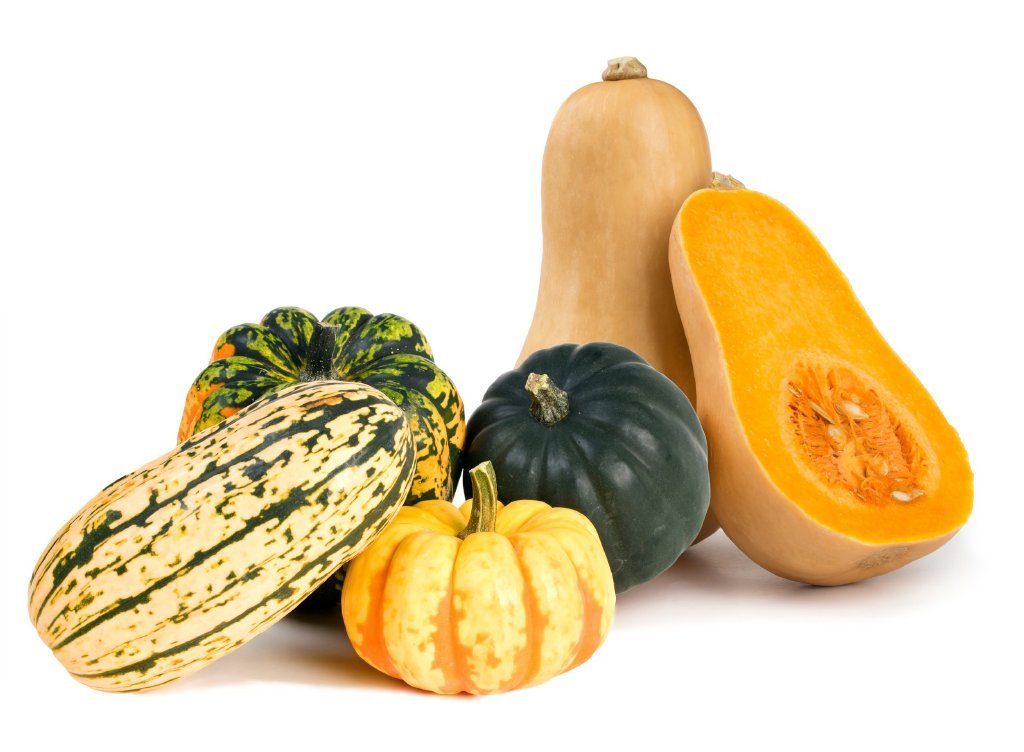
Growing seasons are the primary difference between summer and winter squash. Summer squash, as its name implies, undergoes harvesting during the warmer months when its skin remains soft and tender.
“I have a squash casserole that everybody, even my kids, love. I won’t tell my kids how to make it.”
– Gladys Knight, Singer
These include varieties like zucchini and yellow crookneck.
On the other hand, harvesting winter squash occurs in the cooler months once it has fully matured with a hard, protective rind. Varieties of winter squash include butternut, acorn, and spaghetti squash.
A Closer Look
| Attribute | Winter Squash | Summer Squash |
| Season of Harvest | Harvested in autumn when fully mature | Harvested in summer before they mature |
| Skin | Thick, tough, and inedible while raw | Thin, delicate, and edible |
| Shelf Life | Can be stored for months | Best consumed within a week or two. |
| Texture | Firmer flesh | More tender and moist |
| Examples | Butternut, acorn, spaghetti, and pumpkin | Zucchini, yellow crookneck, and pattypan |
| Seed Edibility | Seeds are often roasted and eaten | Seeds are small, soft, and eaten with the squash |
How Do Their Textures Differ?
Summer and winter squash have markedly different textures that cater to distinct culinary uses. Summer squash has soft, delicate skin and moist, almost watery flesh, making it perfect for quick sautés or grilling.
In contrast, winter squash boasts a thicker, stricter exterior and a dense, creamy interior. This hearty texture holds up well during more prolonged cooking, making it ideal for roasting, baking, or simmering in soups and stews.
| Related: Best Tasting Winter Squash |
Is There A Taste Distinction Between The Two?
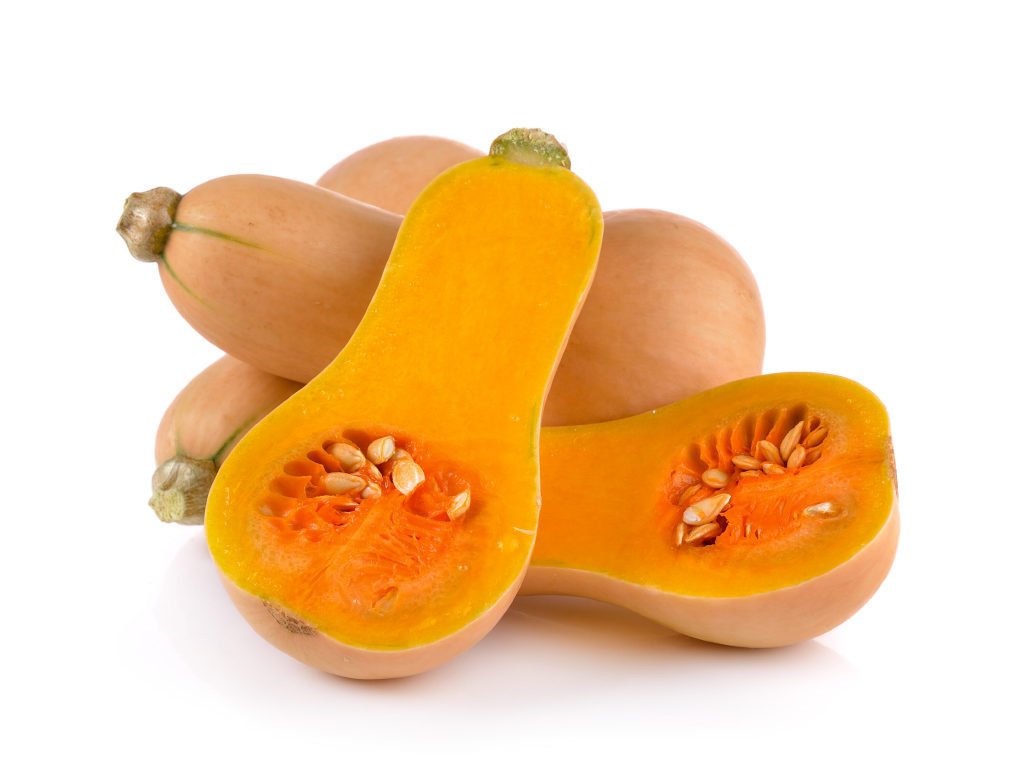
The taste profiles of summer and winter squash are distinctively different.
Summer squash tends to have a light, subtly sweet, and sometimes slightly nutty flavor, fitting for light dishes or as an accompaniment to brighter flavors.
On the other hand, winter squash offers a more decadent, more robust sweetness, with some varieties even reminiscent of sweet potatoes or pumpkin.
This depth of flavor makes winter squash a favorite in heartier dishes, especially during the colder months.
How Do Storage Recommendations Vary?
- Temperature:
- Summer Squash: Best stored in the refrigerator at around 40°F (4°C) to 50°F (10°C).
- Winter Squash: Prefer a cool, dry place, around 50°F (10°C) to 60°F (15°C). Some varieties can tolerate room temperature.
- Humidity:
- Summer Squash: Needs slightly higher humidity, but not too much. A crisper drawer in the fridge is ideal.
- Winter Squash: Requires low humidity to avoid rot.
- Duration:
- Summer Squash: Has a short shelf life, typically lasting about a week in the refrigerator.
- Winter Squash: Can last several weeks to months when stored correctly.
- Protection:
- Summer Squash: Use a perforated plastic bag or wrap a paper towel inside a bag to absorb excess moisture.
- Winter Squash: Store in a single layer, not touching each other, to ensure proper air circulation and prevent rot.
- Signs of Decay:
- Summer Squash: Look for spots, molds, or a slimy texture.
- Winter Squash: Soft spots, mold growth, or a sour smell indicate it’s going bad.
| Check out: What To Serve With Butternut Squash Soup? |
Are There Any Major Nutritional Differences?
Summer squash and winter squash share many nutritional attributes, but notable distinctions exist. Summer squash, like zucchini, is generally lighter in color and nutritional density.
It’s low in calories, contains a fair amount of vitamin C, and provides some dietary fiber. In contrast, winter squash, such as butternut or acorn, is richer in calories and nutrients.
“Summer squash dances in sunlight, while winter squash serenades the moon; both harmonize the symphony of seasons.”
It offers more beta-carotene [1] (which the body can convert to vitamin A), higher fiber content, and a more significant amount of specific B vitamins and minerals like potassium and iron.
The deep, vibrant colors of many winter squash varieties are a testament to their richer nutrient profiles, especially regarding antioxidants.
Cooking Techniques
The methods you choose to cook winter and summer squash can significantly impact the outcome of your dish. Winter squash, with its dense texture and rich flavors, shines best when baked, roasted, or pureed. Baking enhances its natural sweetness, while roasting brings out a deep, caramelized flavor. Pureeing works wonderfully for soups or as a creamy addition to sauces.
Summer squash, on the other hand, is all about light, quick cooking methods. Grilling slices of zucchini or yellow squash adds a smoky depth, while sautéing retains its tender-crisp texture. For something fun and modern, try spiralizing summer squash into noodles for a fresh twist on pasta dishes. These methods keep its delicate taste intact and complement its softer structure.
Quick Reference Table:
| Cooking Method | Winter Squash | Summer Squash |
| Baking | Excellent | Not recommended |
| Roasting | Perfect for caramelizing | Avoid overcooking |
| Pureeing | Ideal for soups | Rarely used |
| Grilling | Tricky due to firmness | Fantastic for flavor |
| Sautéing | Not optimal | Best for quick meals |
| Spiralizing | Impossible | Great for “zoodles” |
Avoid These Mistakes:
- Overcooking summer squash – It can become mushy and unappealing.
- Undercooking winter squash – Its firm texture needs thorough cooking to reach its best flavor.
- Skipping seasoning – Squashes are mild, so don’t shy away from herbs, spices, or even a sprinkle of Parmesan!
FAQs on Winter Squash vs. Summer Squash
Is pumpkin a summer or winter squash?
Pumpkin is a variety of winter squash. Winter squashes, characterized by their hard skin, allow for storage and consumption throughout the winter months, even after harvesting in the fall. On the other hand, summer squashes have softer skin and a shorter shelf life.
Is squash healthy?
Yes, squash is healthy. Winter and summer squash varieties are rich in vitamins, minerals, and fiber while low in calories. They are an excellent source of vitamin A, vitamin C, magnesium, potassium, and antioxidants. Consuming squash can support beneficial vision, boost the immune system, promote heart health, aid in digestion, and contribute to overall well-being. Including squash in a balanced diet can offer numerous health benefits.
Final Thoughts
Both winter and summer squashes hold esteemed places, each bringing their unique flavors, textures, and nutritional profiles to the table.
While winter squashes are renowned for their hearty textures and rich flavors, perfect for warming dishes, summer squashes shine in light, refreshing recipes.
Beyond their taste distinctions, the storage and nutritional variances between the two further highlight their unique characteristics.
Regardless of the season or preference, both of these squashes serve as a testament to nature’s bounty, providing not only culinary versatility but also a multitude of health benefits.
Choose according to the season, dish, or nutritional need, but rest assured, both are worthy additions to any meal.
References:
- https://www.webmd.com/vitamins/ai/ingredientmono-999/beta-carotene
